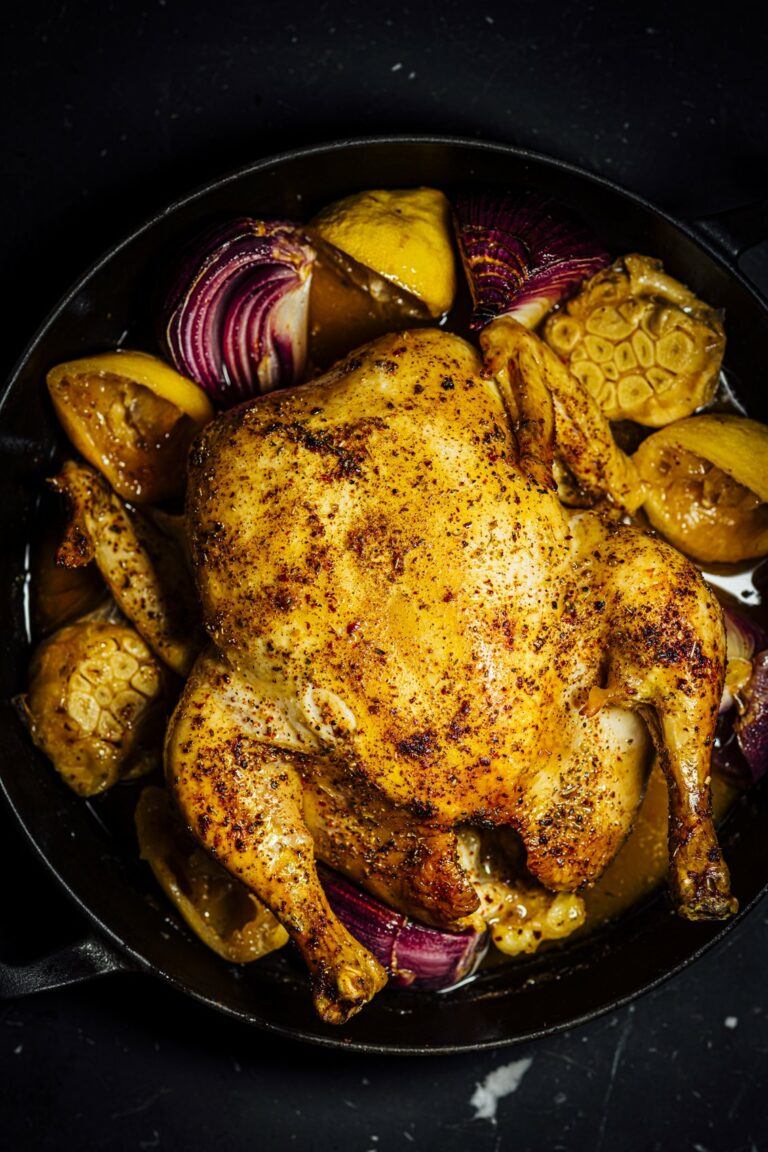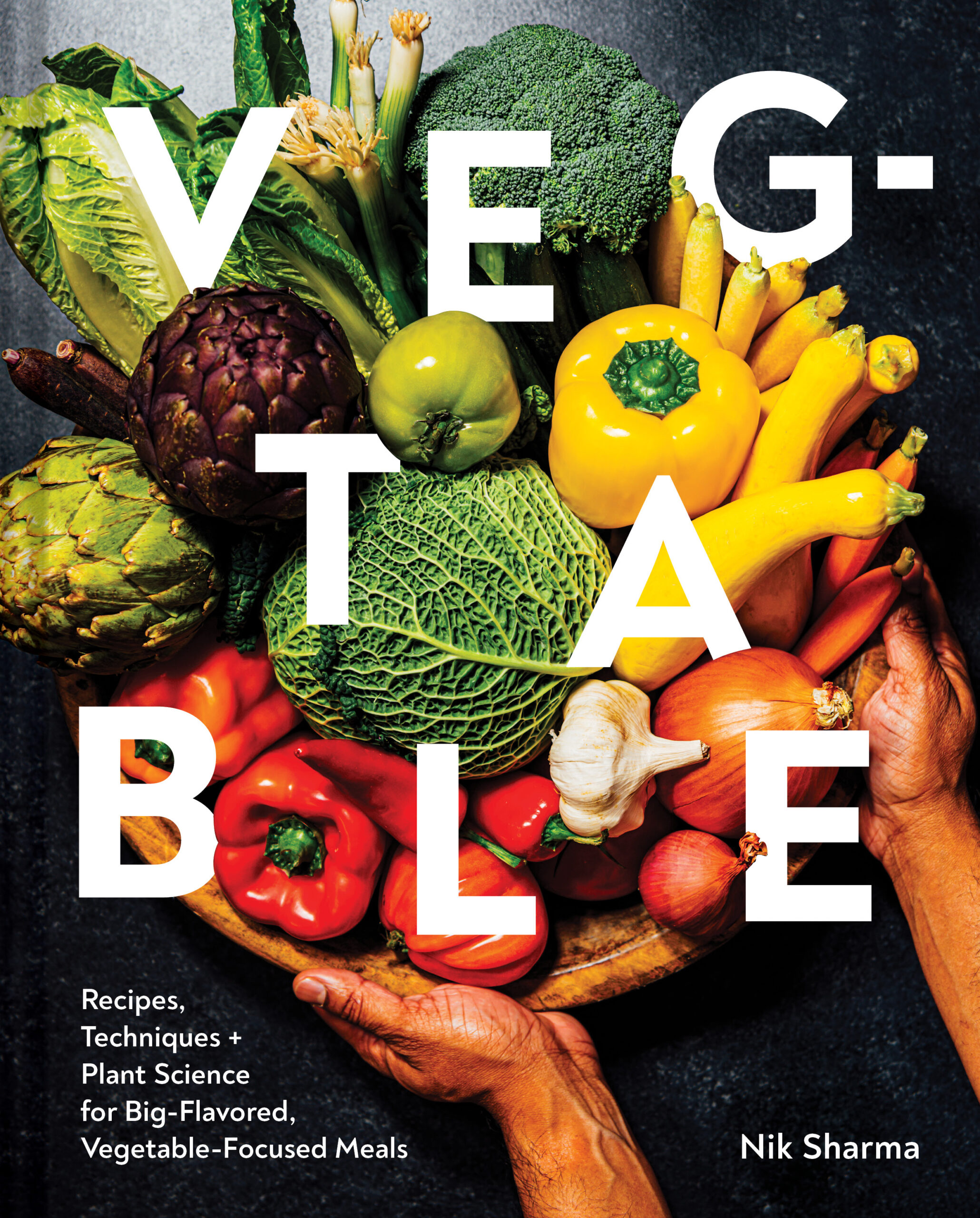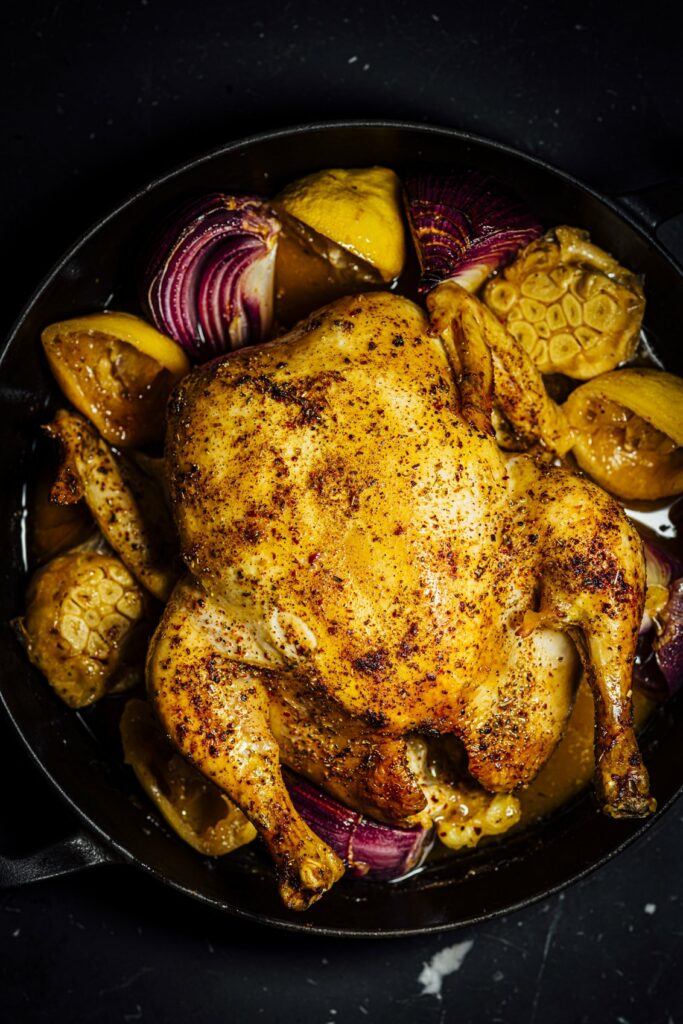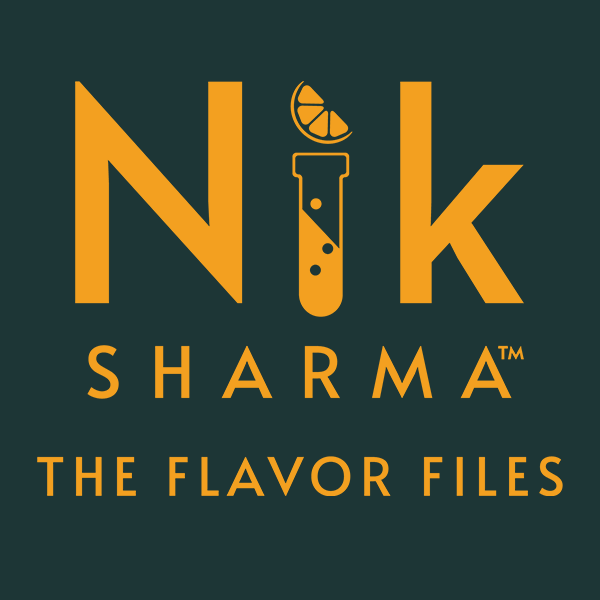
Roast Lemon Garlic Chicken
5 Stars 4 Stars 3 Stars 2 Stars 1 Star
5 from 1 review
Garlic and lemon with roast chicken is a classic for many reasons; the fragrance and taste capture my attention every time. This is one of my go-to methods for roasting chicken, and it replicates how steam ovens work. This method ensures that all the lemon and garlic flavors permeate through the basting liquid at the bottom, which helps flavor the chicken more uniformly. The liquid also protects the chicken from drying out during cooking and creates a juicier bird.
- Yield: 4
Ingredients
2 Tbsp extra-virgin olive oil
Freshly ground black pepper
1 tsp Aleppo, Maras, or Urfa pepper flakes
½ tsp dried oregano or thyme
One 3 ½ to 4 lb/1.6 to 1.8 kg whole roasting chicken
2 lemons, cut in half
2 garlic heads
1 large red onion, quartered
1 cup/240 ml low-sodium chicken stock, white wine, or water
Instructions
- Preheat the oven to 425F/220C.
- Coat the surface of a 12 in/30.5 cm cast-iron skillet or 9 in by 12 in/23 cm by 30.5 cm roasting pan with the oil.
- Prepare the spice mixture by mixing the salt, pepper, black pepper, Aleppo, and oregano in a small bowl.
- Place the chicken on the skillet and rub the chicken all over with the spice mixture. Place the chicken breast side on top. Place the lemons cut side down on the skillet. Cut the top of the garlic heads off just enough to expose the cloves, about 1/4 in/2.5 cm. Add the garlic to the skillet, cut side down. Add the onions. Pour the stock into the skillet and place the skillet in the preheated oven. After 30 minutes, open the oven and crush the lemons with a spoon to release their juices. Baste the chicken with the liquids in the pan every 15 minutes. Roast the chicken until the skin is golden-brown and crisp and the internal temperature reaches 165F/74C on an instant-read digital thermometer. Remove the skillet from the oven, loosely tent with foil, and let rest for at least 10 minutes before serving. Serve the chicken with the juices in the pan and the garlic. The chicken can be made a day in advance and reheated when ready to serve. Leftovers can be stored in an airtight container for up to 4 days in the refrigerator.
Notes
- This method uses the steam released from the stock and the chicken to keep the chicken tender and moist.
- Crushing the lemons during roasting releases their juices and essential oils to create a more robust lemon flavor.
- You can also sear the lemons and garlic before cooking them.
- Author: Nik Sharma




9 Responses
Lovely flavor!!! I adapted the recipe to chicken breast. However, I cut my chicken breast in a certain manner. I marinate the chicken in the dry seasonin plus the garlic, onion and oil overnight . I sear each cut for about a min each side. Then I add the liquid and pop in the oven. I wish there was more info about the peppers especially where to buy! I never heard about them but I do now! Lovely flavor and highly requested in my family!
Just curious — are the garlic heads to be cut in half horizontally before placing in the skillet? The recipe mentions placing them and the lemons “cut side down” but doesn’t say anything about actually cutting them, just mentions that they are whole.
Yes, the top needs to be trimmed before it goes in. The recipe has been updated with the details. Thank you.
Hey Nik,
How much salt and pepper for the spice mixture?
Thanks!
Sarah
The salt and pepper are according to your personal preference when not specified.
What is the best way to reheat the chicken (other than microwave)
Thank you
I prefer the microwave because I find it fast, less clean up, and less energy use. However, you can reheat on the stove with a few drops of water over low heat or wrap the chicken in foil (with a few drops of water) and place it in an oven (an air fryer would be quicker).
Won’t lemon juice harm the cast iron skillet?
Except for water, all the food we eat is acidic in nature. I use enameled cast-iron cookware from Staub (Le Creuset is another option), so leaching is not an issue. You can cook in non-enameled cast-iron cookware, just don’t leave the food in it overnight and season the cookware regularly.